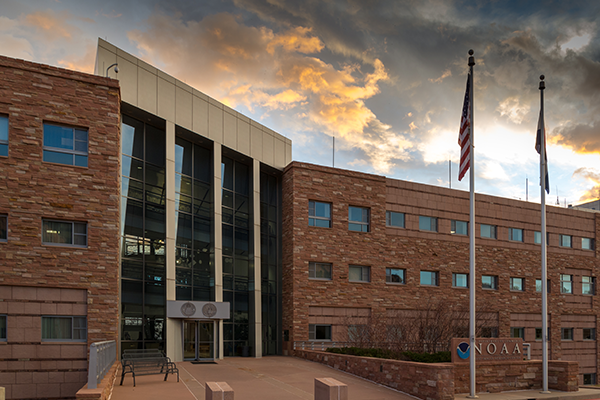
The Remarkably Strong Arctic Stratospheric Polar Vortex of Winter 2020: Links to Record‐Breaking Arctic Oscillation and Ozone Loss
Zachary Lawrence
Monday, Mar 29, 2021, 2:00 pm
Webinar
GoToMeeting:Web: https://global.gotomeeting.com/join/343392437
Phone: https://global.gotomeeting.com/343392437 /numbersdisplay.html
Access Code: 343-392-437
Abstract
The Northern Hemisphere (NH) polar winter stratosphere of 2019/2020 featured an exceptionally strong and cold stratospheric polar vortex. Wave activity from the troposphere during December–February was unusually low, which allowed the polar vortex to remain relatively undisturbed. Several transient wave pulses nonetheless served to help create a reflective configuration of the stratospheric circulation by disturbing the vortex in the upper stratosphere. Subsequently, multiple downward wave coupling events took place, which aided in dynamically cooling and strengthening the polar vortex. The persistent strength of the stratospheric polar vortex was accompanied by an unprecedentedly positive phase of the Arctic Oscillation in the troposphere during January–March, which was consistent with large portions of observed surface temperature and precipitation anomalies during the season. Similarly, conditions within the strong polar vortex were ripe for allowing substantial ozone loss: The undisturbed vortex was a strong transport barrier, and temperatures were low enough to form polar stratospheric clouds for over 4 months into late March. Total column ozone amounts in the NH polar cap decreased and were the lowest ever observed in the February-April period. The unique confluence of conditions and multiple broken records makes the 2019/2020 winter and early spring a particularly extreme example of two‐way coupling between the troposphere and stratosphere.
You must provide an accepted form of identification at the Visitor Center to obtain a vistor badge. Security personnel also inspect vehicles prior to entrance of the site. Please allow extra time for these procedures.
After receiving a badge, you must arrive at the DSRC Lobby at least 5 minutes before the seminar starts to meet your security escort. If you arrive after that time, you will not be allowed entry.
Foreign Nationals: Please email the seminar contact at least 48 hours prior to the seminar to provide additional information required for security purposes.
Seminar Contact: psl.seminars@noaa.gov